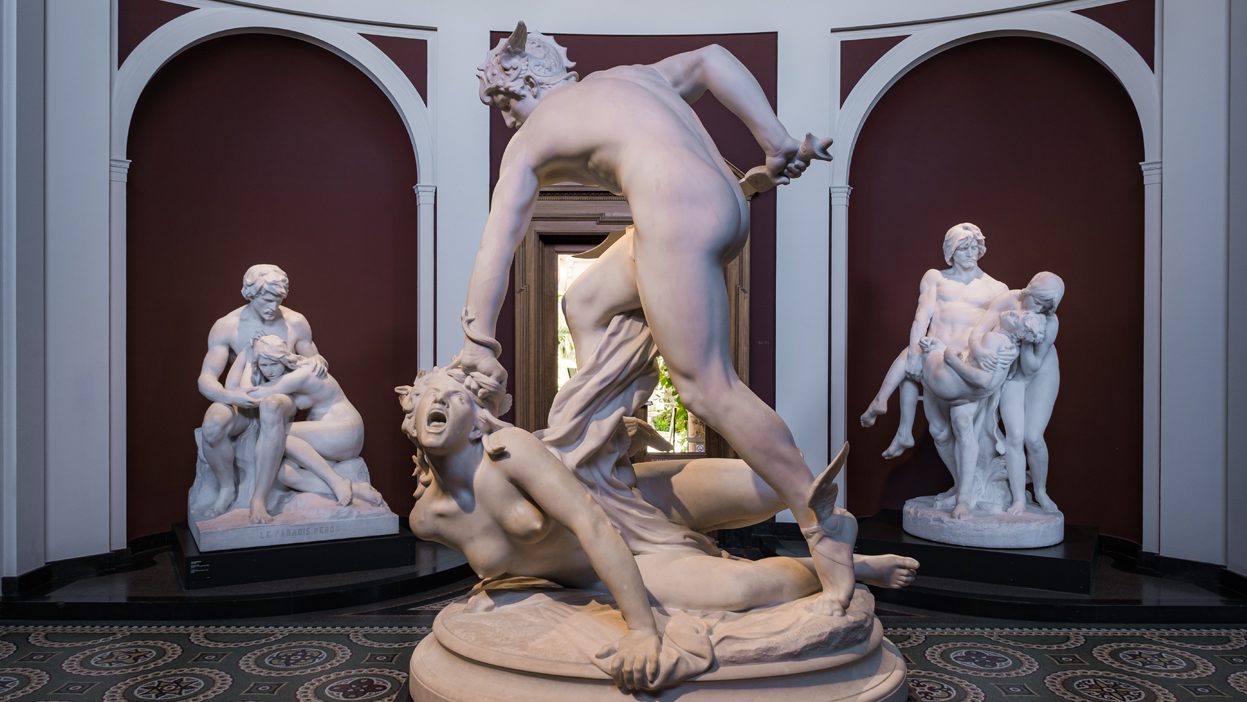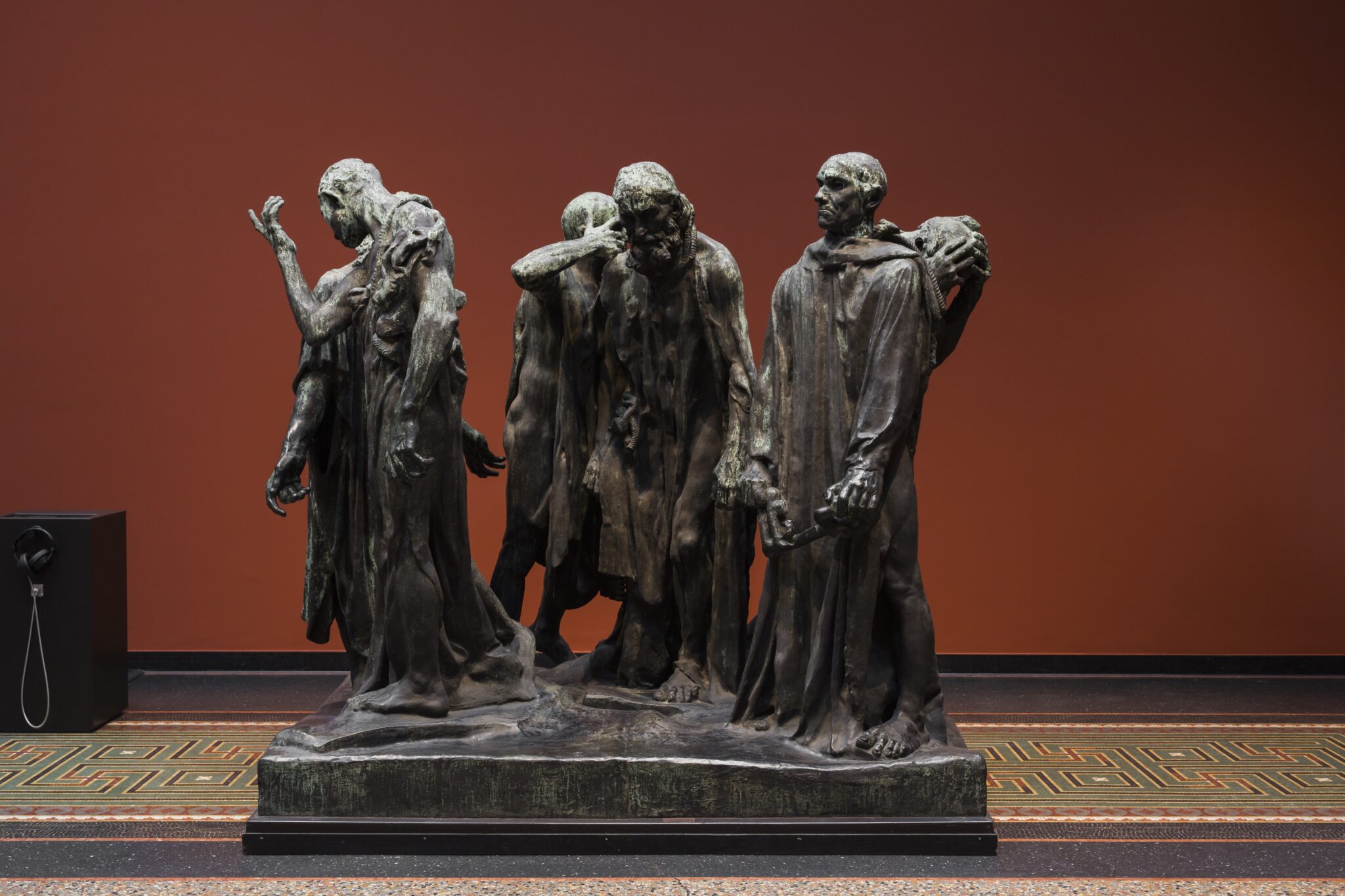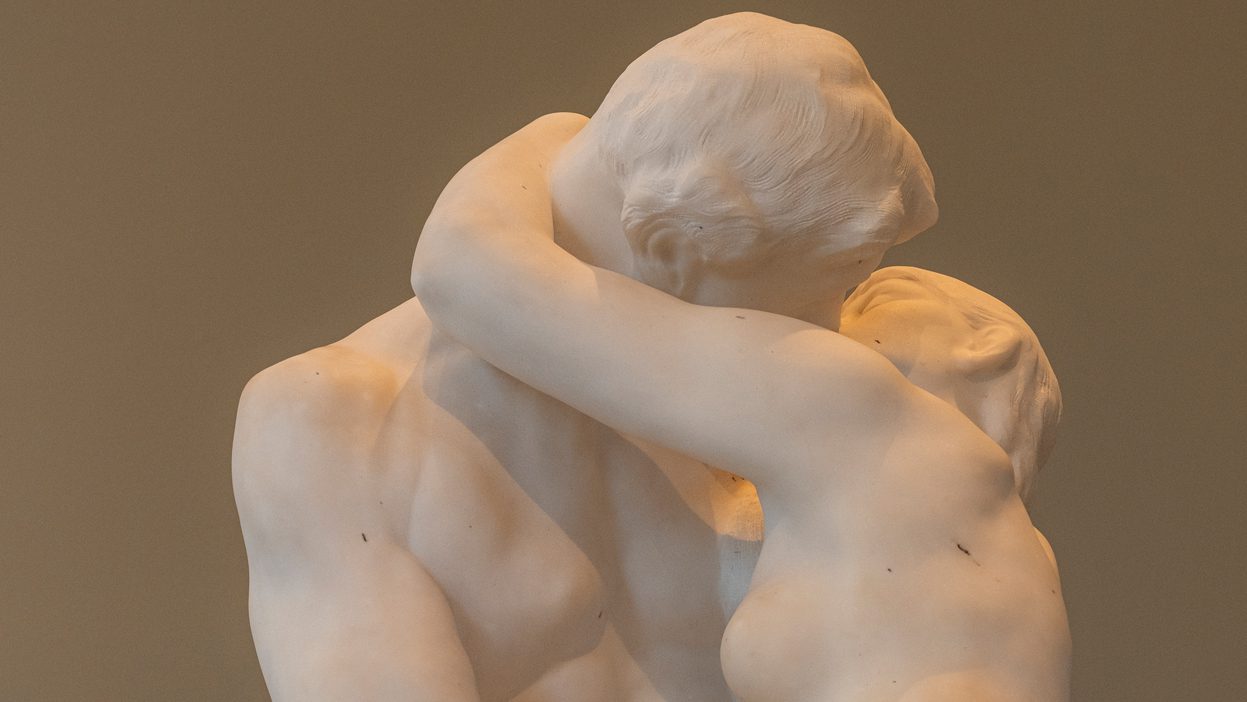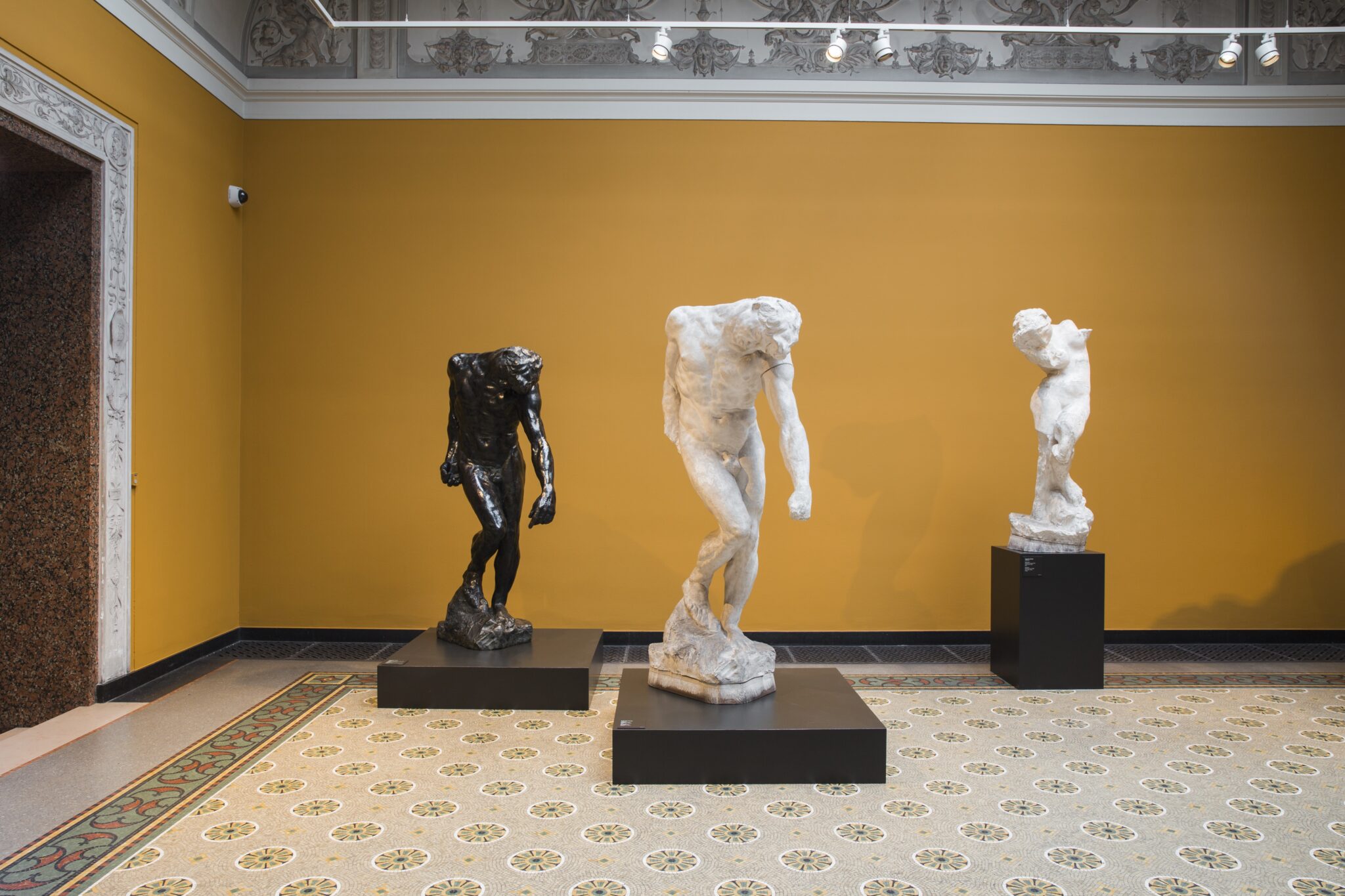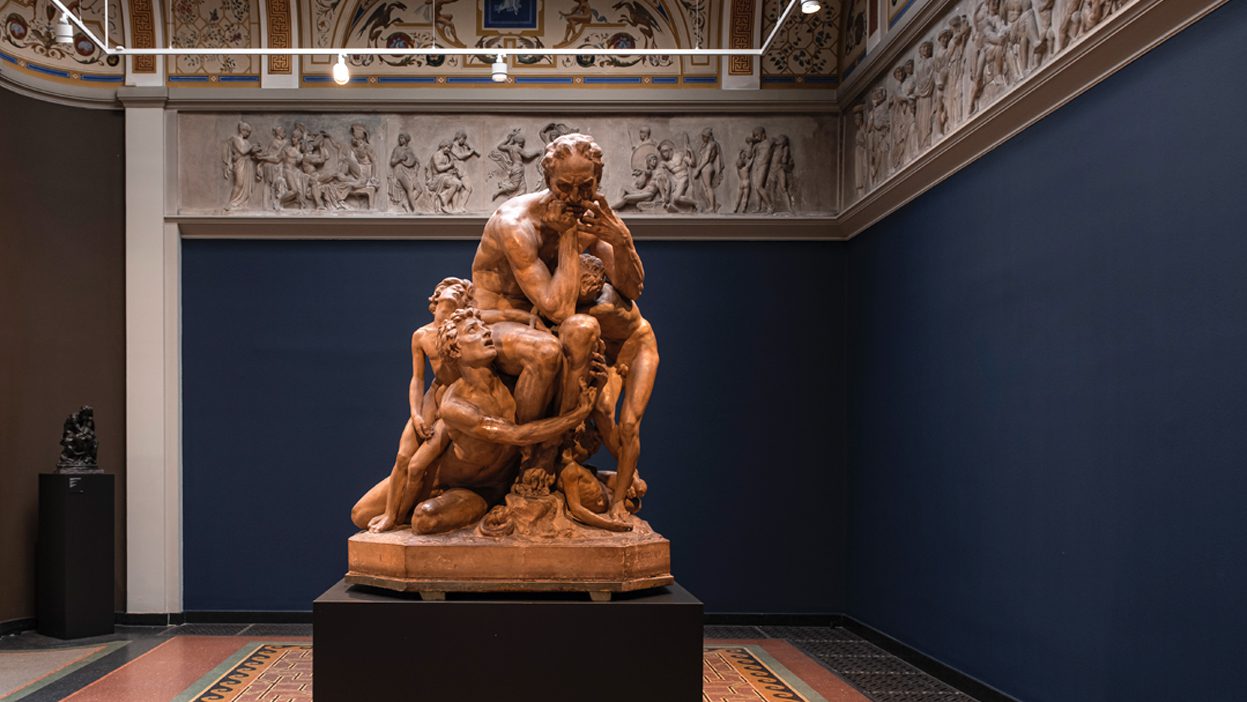The Glyptotek’s collection of French and Danish sculpture from 1800 to 1920 features works by some of the most highly acclaimed French and Danish sculptors of the 19th and early 20th centuries. The exhibition reflects the huge range of motifs, styles and expressions that characterise the sculpture of the period.
The narrative power of sculpture
The museum’s collection of French and Danish sculptures reflects the passion of the Glyptotek’s founder Carl Jacobsen for the narrative power of sculpture and its magnificent, dramatic depictions of humankind and its existence.
In France, the work of sculptors was rooted in the traditions of the French Academy of Fine Arts in Paris and the Academy’s censored art exhibition, the Salon. The hallmarks of salon sculpture are sensuousness, melodrama and pathos, and its use of allegories often symbolises intangible moods and concepts. Particularly in the latter half of the 19th century, salon art reflected established, academic taste. However from in and around 1900, many began to regard this style as obsolete.
Carl Jacobsen believed that, on account of its special expressiveness and technical virtuosity, salon sculpture was among the finest sculpture since antiquity. In Denmark, sculptors closely abided by the tradition of the European academies of art.
Myths and ideals
Typical of the period, sculpture based on academic and artistic ideals of form, content and expressiveness. The art of ancient Greece and Rome played a particularly influential role. The artists favoured historical, mythological, religious or literary subjects, with a psychological, moral or sentimental slant. Ancient myths and biblical tales were a particularly rich source of motifs. Portrait busts, monuments and memorials depicting heroes from both past and present were also prevalent.
The collection of French and Danish sculpture 1800-1920 is on display in the rooms to either side of the Winter Garden – Rooms 35-37 and 43-45.
Jean-Baptiste Carpeaux (1827-1875)
The French sculptor Jean-Baptiste Carpeaux was the most prominent sculptor of France’s Second Empire (1852-70). Recognition by the Emperor opened doors to the wealthy elite, and Carpeaux portrayed many figures from this stratum of society. In addition to two of Carpeaux’s major works, The Dance and Ugolino and His Sons, the Glyptotek’s collection features a large number of portrait busts depicting some of the most significant personalities of his day. Carpeaux’s ability to capture vitality and spontaneity is particularly evident in the special smile of many of his characters.
The works of Jean-Baptiste Carpeaux are on display in Rooms 41-42.
Auguste Rodin (1840-1917)
The universe of Auguste Rodin abounds in writhing bodies, unfinished, rough surfaces and fragmented figures. Rodin’s sculptures are open to infinite interpretations. The works have neither fixed narratives nor explanatory symbols. Rodin experimented with his works by enlarging them, assembling them in new ways or giving them new titles. These ‘displacements’ are key to an understanding of his artistic practice. The Glyptotek collection contains some totally unique Rodin sculptures. These include unique marble versions and special versions of works in plaster, in which the casting process and traces of finishing are still visible.
The works of Auguste Rodin are on display in Rooms 33-34.
Calendar
See the exciting activities and events, the Glyptotek has to offer. Please note, the events in Danish will not be presented here. Go to the Danish version of the homepage to see all events.
Café
Enjoy a delicious lunch at Picnic overlooking the Glyptotek's beautiful Winter Garden.
After Nature
Experience a new reading of the Glyptotek’s paintings by the Danish writer Josefine Klougart

